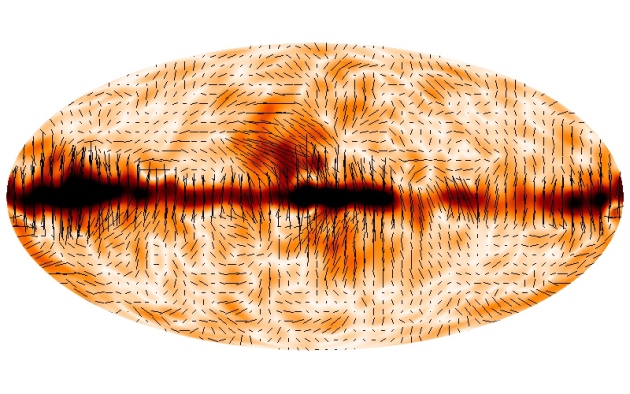MI weekly selection #104

Planck data back standard cosmic evolution model, shake up dark-matter theories
Data collected by the European Space Agency’s Planck space observatory have resulted in a detailed full-sky survey of the cosmic microwave background, the remnants of radiation left behind by the Big Bang 13.8 billion years ago, reaffirming the standard model of cosmic evolution. However, Planck’s findings also shake up some theories about dark matter, showing that the probability of collisions of dark-matter particles must remain constant over time and not be significantly higher now than when the universe began, as some theories suggest.
Moon may once have had magnetic field stronger than Earth’s
Magnetized lunar rocks collected by Apollo mission astronauts offer evidence that the moon had a magnetic field between 4.25 billion and 3.56 billion years ago. Earth’s magnetic field is currently 50 microteslas in strength. The early moon may have had a magnetic field that was bigger, maybe up to more than 70 microteslas.
Early Earth’s atmosphere may have been destroyed by swarm of small asteroids
Earth’s early atmosphere may have been destroyed by tens of thousands of asteroids hitting the planet in a brief period of time, an event that could easily eject all of it.
Technique recreates stem cells from DNA of deceased patients
Using DNA from stored blood samples taken from volunteers long after they have died, scientists at Cedars-Sinai Medical Center in Los Angeles were able to regrow brain and intestinal stem cells. The method can produce induced pluripotent stem cells in a petri dish. These cells could be used to study the biological mechanisms behind diseases and develop therapies against them.
Genetic diversity map of sub-Saharan Africa created
A highly detailed map of genetic diversity in sub-Saharan Africa has been produced by scientists who hope the information can help them determine what roles genes play in various diseases in the region. Data were collected from more than 1,800 people and included 320 complete genome sequences from seven populations as part of the African Genome Variation Project.